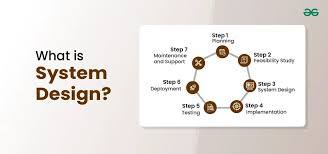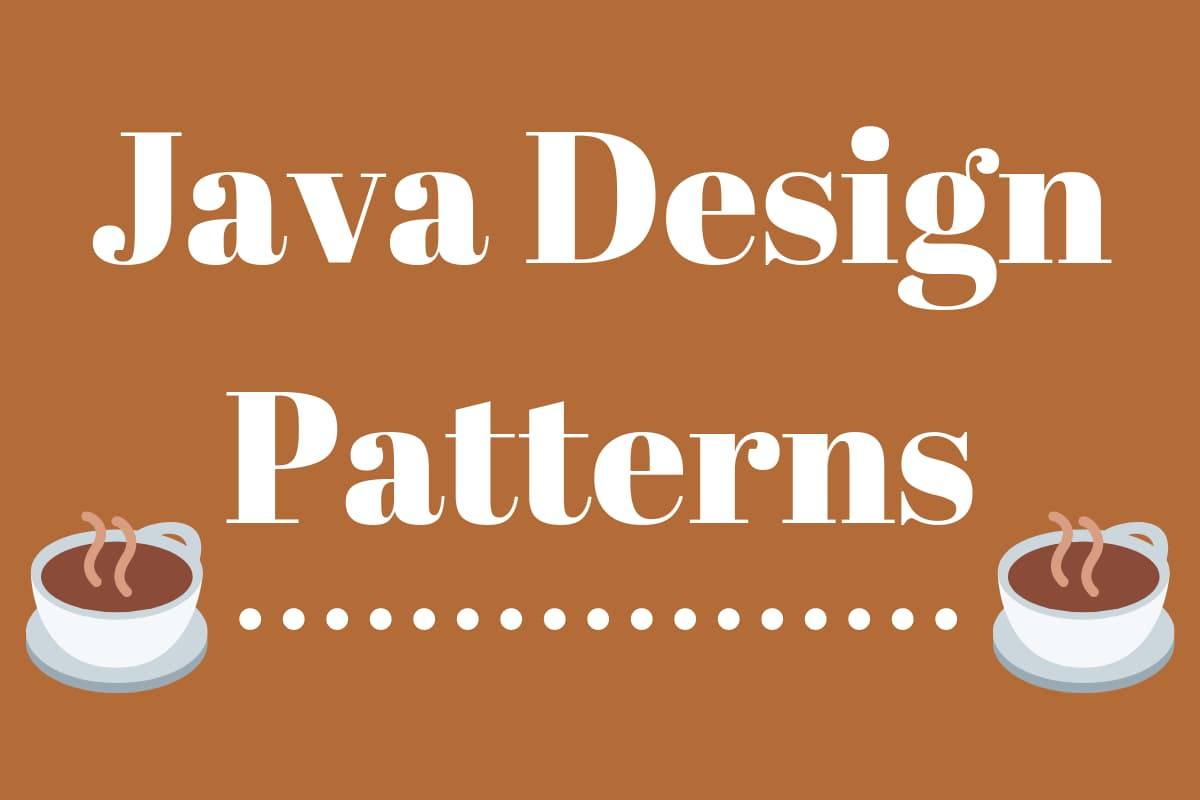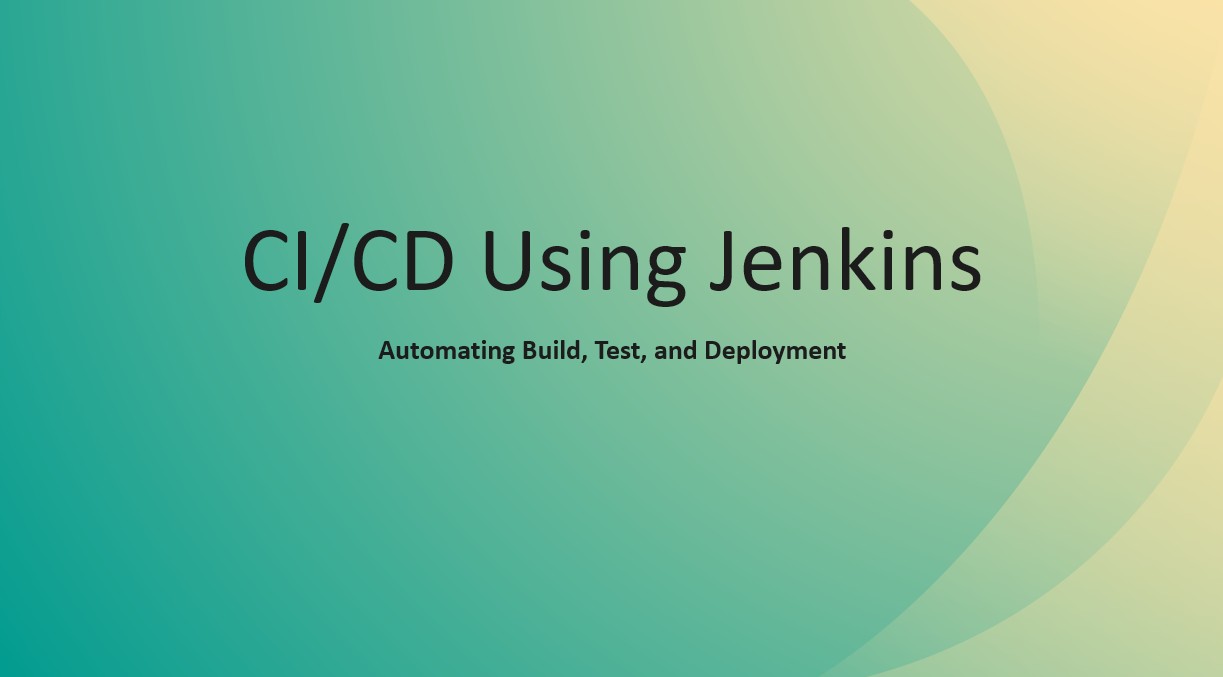System design
- (0 Reviews)
- 8 students enrolled
System design
A well-designed architecture is crucial because it forms the backbone of the system, enabling scalability, maintainability, and reduced technical debt. High-Level Design (HLD) outlines the overall structure, components, and data flow, while Low-Level Design (LLD) focuses on class structures, APIs, and database schemas. Design patterns like Singleton are used when a single instance is needed globally, such as in logging, while Factory Method provides flexible object creation. Microservices architecture is favored for its modularity, scalability, and independent deployments, often implemented in Python using frameworks like FastAPI or Flask along with Docker and monitoring tools. Serverless architecture, using platforms like AWS Lambda or Azure Functions, allows rapid development without managing servers, making it ideal for agile teams. Event-Driven Architecture (EDA), structured around producers, brokers, and consumers, supports asynchronous, decoupled systems—perfect for real-time applications. Tools like Kafka Python, RabbitMQ, and asyncio support EDA in Python. For real-time systems like order tracking, EDA is highly effective, while for small MVPs, a monolithic approach is more practical due to its simplicity and low overhead.
- (0 Reviews)
- 8 students enrolled
What learn
- Sytem design
Course Content
Requirements
- Backend Developers Python
Description
A well-designed architecture is crucial because it forms the backbone of the system, enabling scalability, maintainability, and reduced technical debt. High-Level Design (HLD) outlines the overall structure, components, and data flow, while Low-Level Design (LLD) focuses on class structures, APIs, and database schemas. Design patterns like Singleton are used when a single instance is needed globally, such as in logging, while Factory Method provides flexible object creation. Microservices architecture is favored for its modularity, scalability, and independent deployments, often implemented in Python using frameworks like FastAPI or Flask along with Docker and monitoring tools. Serverless architecture, using platforms like AWS Lambda or Azure Functions, allows rapid development without managing servers, making it ideal for agile teams. Event-Driven Architecture (EDA), structured around producers, brokers, and consumers, supports asynchronous, decoupled systems—perfect for real-time applications. Tools like Kafka Python, RabbitMQ, and asyncio support EDA in Python. For real-time systems like order tracking, EDA is highly effective, while for small MVPs, a monolithic approach is more practical due to its simplicity and low overhead.
Recent Courses
- December, 2nd 2025
- 3
Design patterns are reusable solutions to common problems that occur in software design. what are the types
- Free
- November, 27th 2025
- 21
A beginner-friendly session designed to help anyone create a professional website using Wix. In this workshop, participants w..
- Free
- November, 24th 2025
- 14
Open Source Security Monitoring and SIEM
- Free
About Instructor


 Categories
Categories








